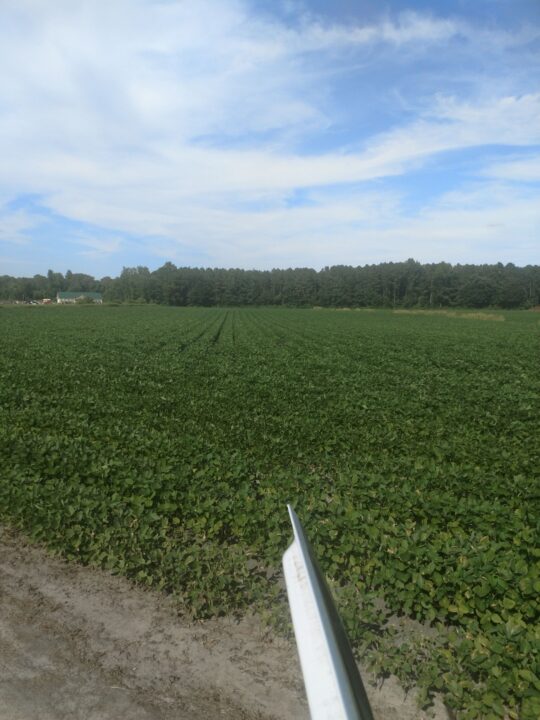UF/IFAS Lends Helping Hands To Ag Industry
Capturing all the fine work that the Institute of Food and Agricultural Sciences (IFAS) has done in its years of existance is nearly an impossible task. The success of agriculture in the state goes hand-in-hand with IFAS. The following examples are a select few projects that barely scrape the surface of IFAS accomplishments, but illustrate its important role in Florida.
Taking The Lead On Biofuels
Florida growers are well aware of the buzz surrounding biofuels. The state is in a unique position to take advantage of the “non
-crop” approach to creating alternative fuels. Jatropha curcas, a plant native to Mexico that is being widely grown for fuel and medicine in some parts of the world, is a tree that produces golf-ball-sized fruit. Inside each fruit are three seeds full of oil that can be pressed to make biodiesel. Roy Beckford, a Lee County Extension agent, has been pushing jatropha as an alternative-energy crop for the past couple of years through IFAS newsletters.
“For maybe a year and a half now, I have been working on an idea that here in deep South Florida we can grow a biodiesel crop that does not conflict with food and that we have a comparative advantage in growing,” says Beckford.
Helping Find Replacements
For years, methyl bromide has been critical in growers’ pest control arsenals. IFAS scientists are searching for alternati
ves to the widely used fumigant, which controls soil pests and weeds, since it was banned by the EPA and is being phased out.
“Finding a replacement that will be as cost-effective as methyl bromide is proving to be difficult, but we do have some promising new materials and approaches to help growers protect their crops and the environment,” says Jim Gilreath, a professor of horticultural sciences at IFAS. “As we continue to look for alternatives for methyl bromide, we have found that the use of new virtually impermeable film and metalized film covers on plant beds allows growers to reduce their use of the fumigant by as much as 50%.”
Gilreath, who leads the soil fumigation research program at UF’s Gulf Coast Research and Education Center in Wimauma, says his research findings were quickly adopted by growers. Almost every tomato farm in Florida is now using metalized film on some part of its acreage along with the one-half rate of methyl bromide.
Critical Weather Tracker
When a cold snap brought freezing temperatures to Florida this winter, many growers turned to the Florida Automated Weather Network (FAWN), which tracks changing weather conditions around the state with 33 high-tech stations. According to Larry Treadaway, director of FAWN, the statewide network, which provides weather data via the Internet and a toll-free phone service, is important because regular weather forecasts for cities may be misleading to farmers located in cooler rural areas. When cold weather moves through the state, it can be devastating to cold-sensitive crops. He adds the weather network saves growers more than $38 million annually. Started by IFAS in 1998 after the National Weather Service discontinued special forecasts for agriculture, the network is now a widely used management tool for thousands of growers around the state, Treadaway says.
Nick Faryna, owner of Faryna Grove Care and Harvesting in Umatilla, says he uses the network to keep track of cold weather. “It is an extremely valuable asset to those of us who protect our crops from freezing temperatures,” he says.
More Online
For more research projects being headed up by IFAS, go to www.floridagrower.net/ifas










